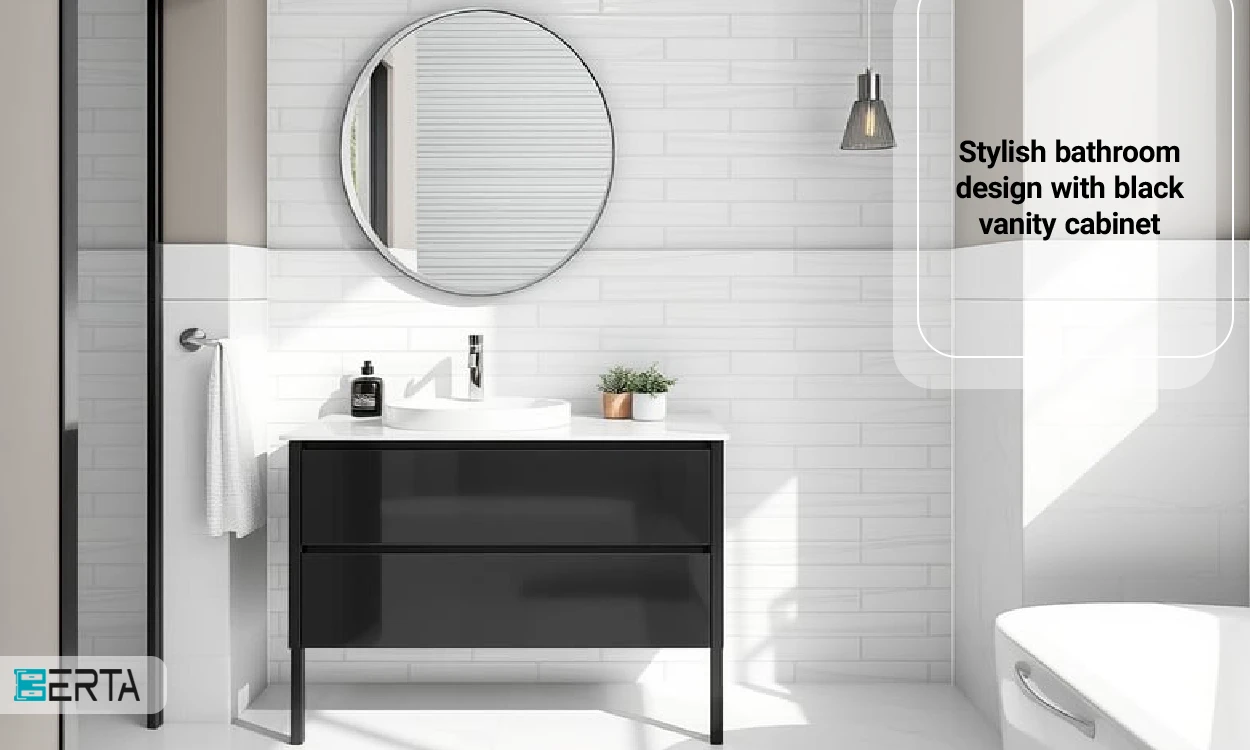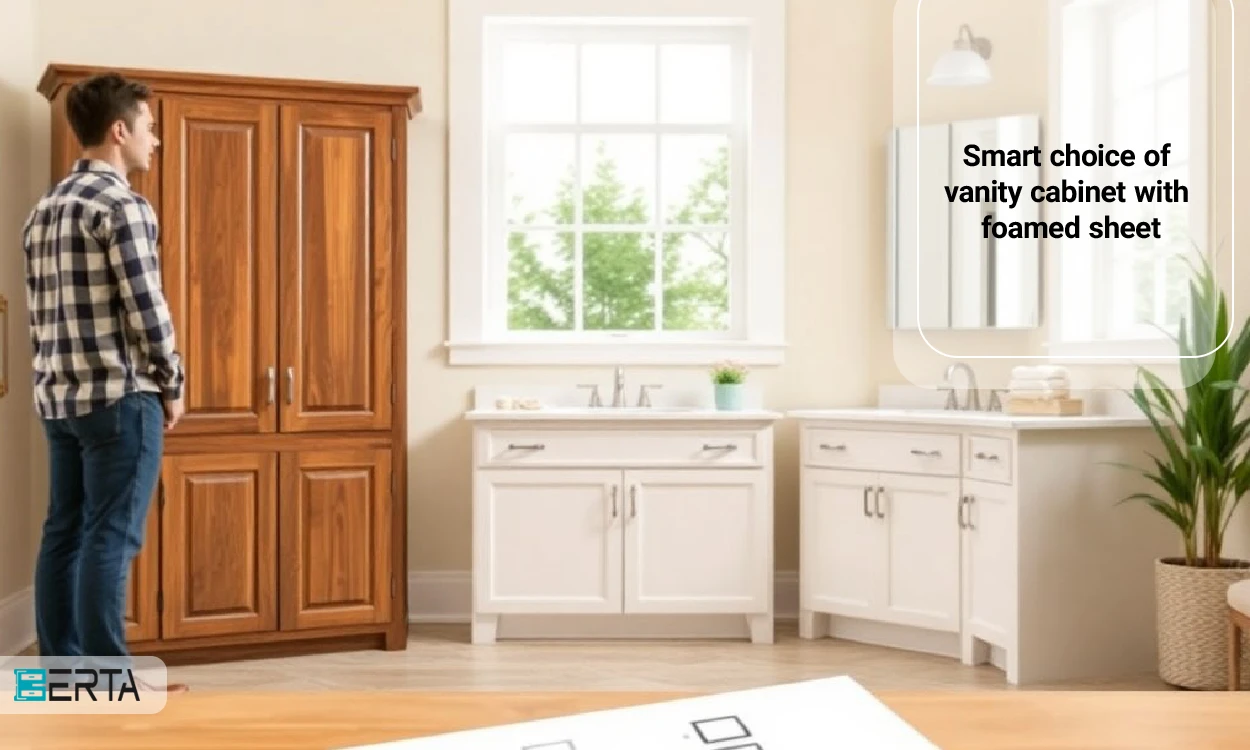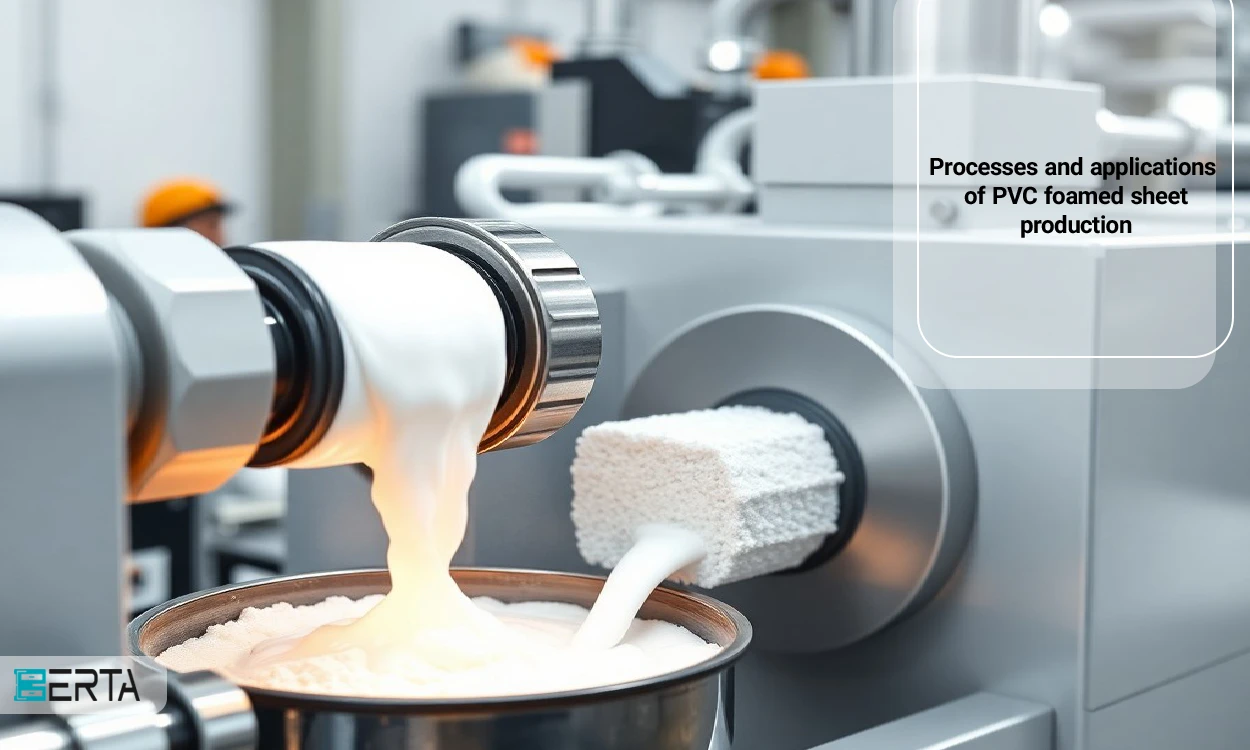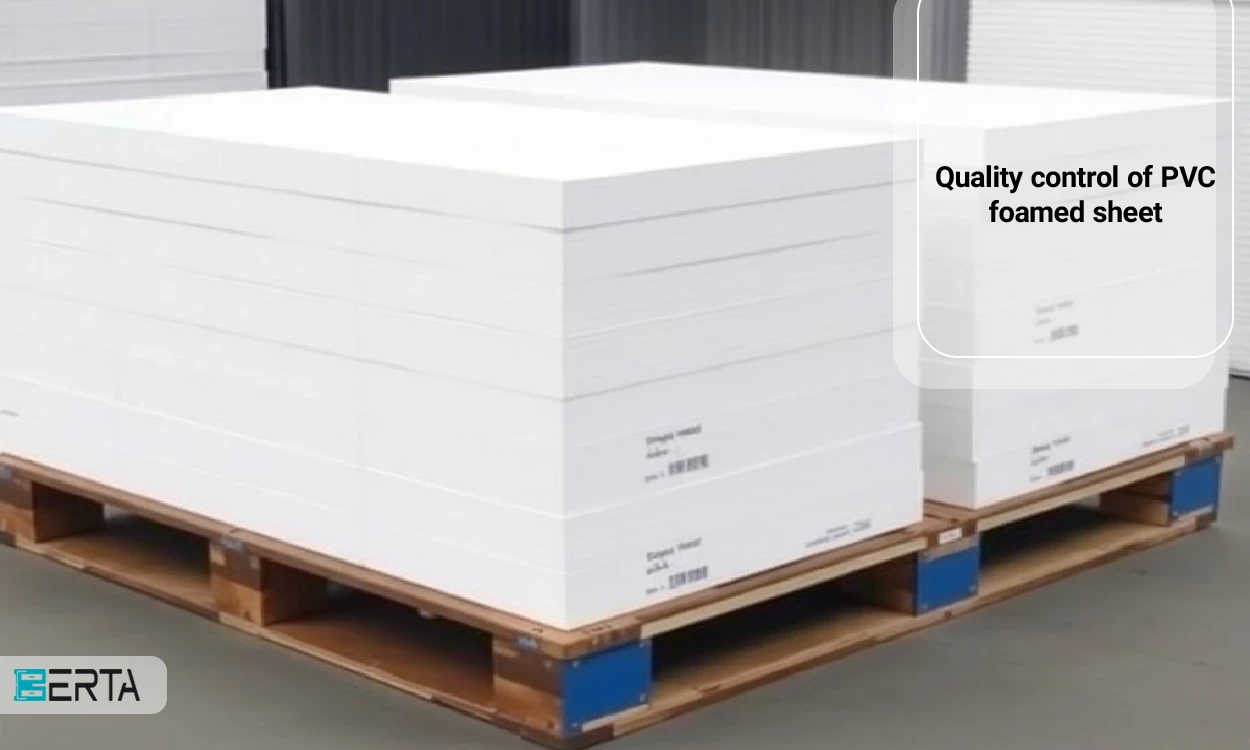The lavatory siphon is one of the basic and vital components in the plumbing system of buildings. With its special design, this device helps to prevent the unpleasant smell of sewage from entering the interior space, and at the same time effectively transfers water and sewage from the sink to the sewage system. Considering the importance of proper installation and maintenance of the siphon, this article examines the types of toilet siphons, the equipment and tools required for installation, and their installation steps. Also, important points about the maintenance and care of the siphon are provided so that users can benefit from the optimal performance of this device.
What is a siphon?
A siphon is a plumbing device that is designed to prevent the unpleasant smell of sewage from entering the building and also to transfer water and sewage to the sewage system. This device is a key element in piping systems used in various places.
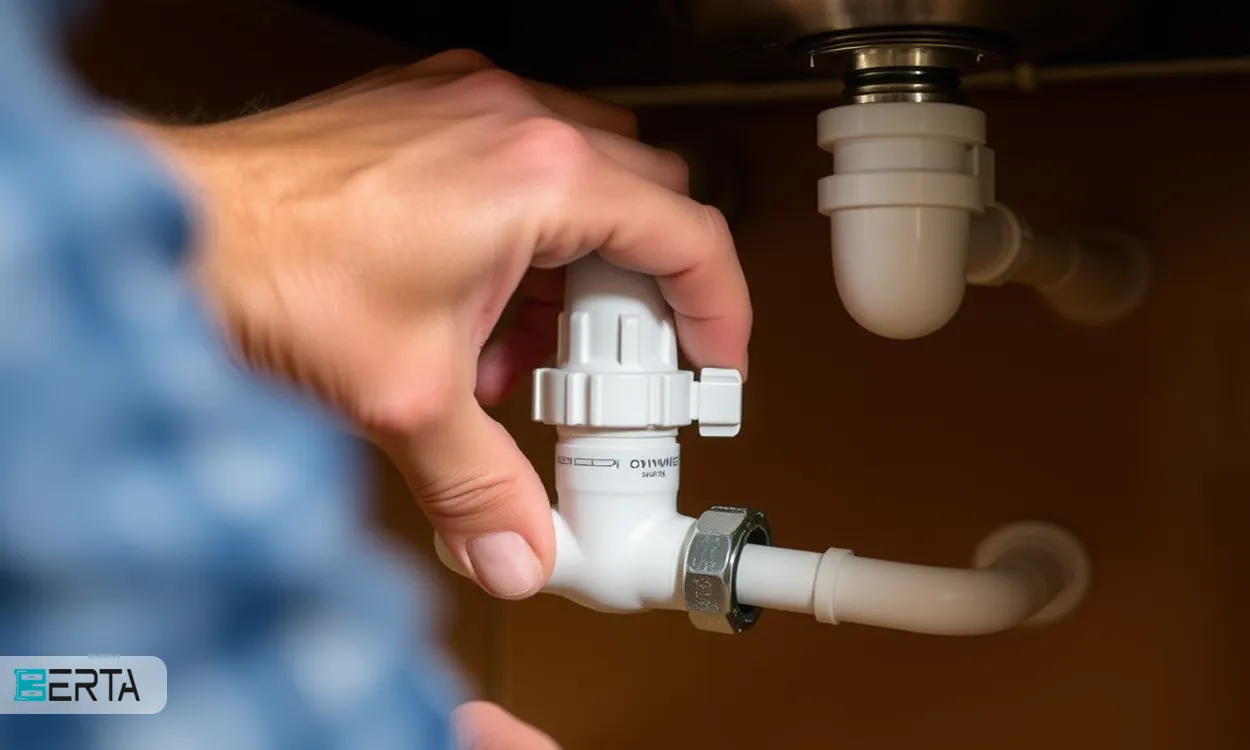
Types of siphons
Siphons are divided into several different types, each of which has its characteristics and uses:
1- U-shaped siphons
U-shaped siphons are one of the most common and widely used siphons in piping systems. Due to its simple and efficient design, this type of siphon is used in many places, including the kitchen, bathroom, and toilet. U-shaped siphons are designed to have a curved tube in the shape of the letter "U". This special design allows the siphon to hold some of the wastewater inside. This water acts as a barrier and prevents sewage gases from entering. The U-shaped design of these siphons makes them easy to install and maintain. This feature is very important for home users and professional repairmen.
2- S-shaped siphons
S-shaped siphons are one of the important components in plumbing and drainage systems. Due to their special design, these types of siphons can prevent the entry of unpleasant odors and sewage gases into the indoor environment. S-shaped siphons are designed to consist of two connected curves. This design creates a pool of water at the bottom of the siphon. As the water passes through the sewer pipes towards the S-shaped siphon, the water enters the upper part of the siphon. When water enters the siphon, its lower part is filled with water. This water acts as a barrier and prevents sewage gases from entering the environment. S-shaped siphons are designed to be easy to clean, which helps improve their performance.
3- Grease trap siphons
Grease trap siphons are vital tools in industrial and domestic sewage systems designed to separate grease and oil from contaminated water. These siphons help prevent clogging of pipes and environmental pollution. Grease trap siphons are designed for the effective separation of grease and oil.
When water enters the siphon, fat and oil rise to the surface due to the difference in density. These fats accumulate in a layer on the surface of the water. Then the clean water under the fat layer moves to the siphon outlet and joins the sewage system. Fats and oils collect at the top of the siphon and can be easily drained and collected. These siphons help prevent clogging of pipes and reduce maintenance costs by separating grease and oil. A grease trap is used in the food industry, restaurants, and any place that deals with fat and oil.
The importance of correct siphon installation
The correct installation of the siphon not only helps to improve the performance of the plumbing system, but also prevents the occurrence of more serious problems such as leakage, clogging, and unpleasant odors. In addition, improper siphon installation can lead to increased maintenance costs. In case of leakage or blockage, major repairs and even replacement of equipment will be required, which requires a lot of time and money. Therefore, it is very important to pay attention to the details when installing the toilet siphon and it can have a great impact on the quality of life.
Required equipment and tools
To install a siphon, a set of equipment and tools are needed, each of which has a specific role in the installation process. Below is the equipment list:
1- Siphon: It is important to choose the right siphon according to the type of sink and your specific needs. There are siphons with different designs that should be carefully selected.
2- Sewer pipes: These pipes must be strong enough to withstand the pressure of water and sewage. PVC pipes are usually a good choice due to their lightness and resistance to rust.
3- Pipe glue: The pipe glue must be chosen carefully to prevent leakage. Special plumbing glues are usually of high quality.
4- Silicone gaskets: these gaskets must be properly placed in the joint to prevent leakage. High-quality washers can extend the useful life of the siphon.
5- Pipe wrench: This tool will help you tighten the connections properly and prevent leakage. It is essential to use the right wrench at this stage.
6- Screwdriver: a screwdriver is needed to install some connections. The type of screwdriver should be suitable for the type of screws used.
7- meters: accurate measurement of dimensions and distances will help you in correct installation and prevent future problems.
8- Gloves and safety glasses: These safety equipment are necessary to protect you while working and should be used in any project.
9- Bucket or container for collecting water: This device helps you to keep the work environment clean and prevent it from getting dirty.
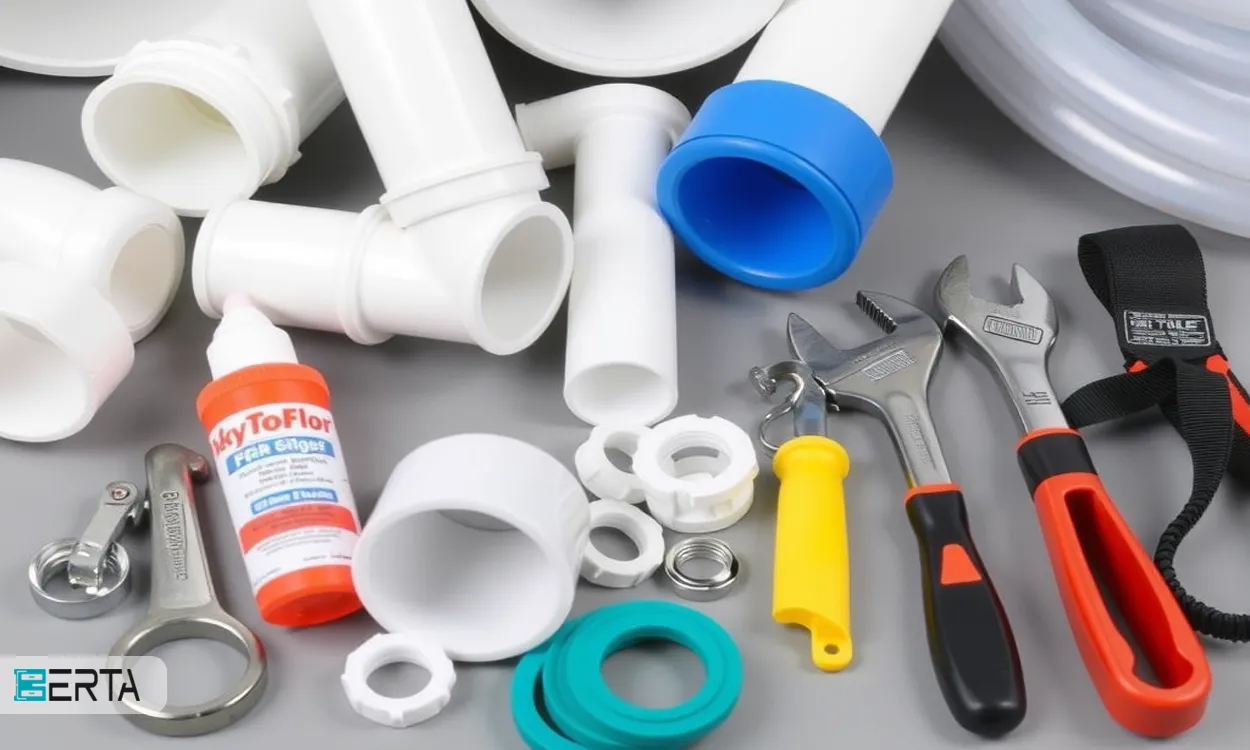
Step-by-step siphon installation tutorial
Installing a siphon is an important and necessary process that requires precision and attention to detail. In the following, the siphon installation steps are fully explained:
1- Preparing the sink
First, make sure the sink or sink is empty. You can use a bucket or collection container for this. Also, close the water pipe to prevent any leakage and water entering the system.
2- Installing the siphon net
Place the mesh part of the siphon on the sink. This lace must fit exactly in place. Then, slide the screw down to the bottom of the sink and fix it using a screwdriver. At this point, hold it in place with your hand and tighten the screw.
3- Attention to the number of outputs
Consider the number of water outlets. How to install a double basin sink siphon is different from a single basin. Therefore, you should choose and install the right siphon according to the type of sink or sink. This is important because improper installation can lead to leaks and other problems.
4- Proper sealing of the siphon
One of the important points in installing a siphon is its correct sealing. Failure to seal the siphon causes water and gas leakage and as a result, the siphon installation becomes ineffective. To avoid this problem, you need to place the gaskets correctly. Also, using aquarium adhesives for connection points can be a good solution for proper sealing of the siphon.
5- Using suitable connecting pipes
If you use longer connecting pipes and tails, this will make it easier to install and avoid problems. If there is an excess pipe at the end of the work, you can cut it to the required size. This will help you avoid problems in the future.
6- tightening connections
Do not use powerful tools when tightening siphon connections under the sink. Fittings are usually made of plastic and can crack or break if too much pressure is applied. So wrap and tighten it with hand pressure. Make sure the connections are properly and tightly closed to prevent leakage.
7- Final review
After installation is complete, check all connections and make sure there are no leaks. You can make sure there are no leaks by turning on the water and observing the connection points. Repair any leaks immediately.
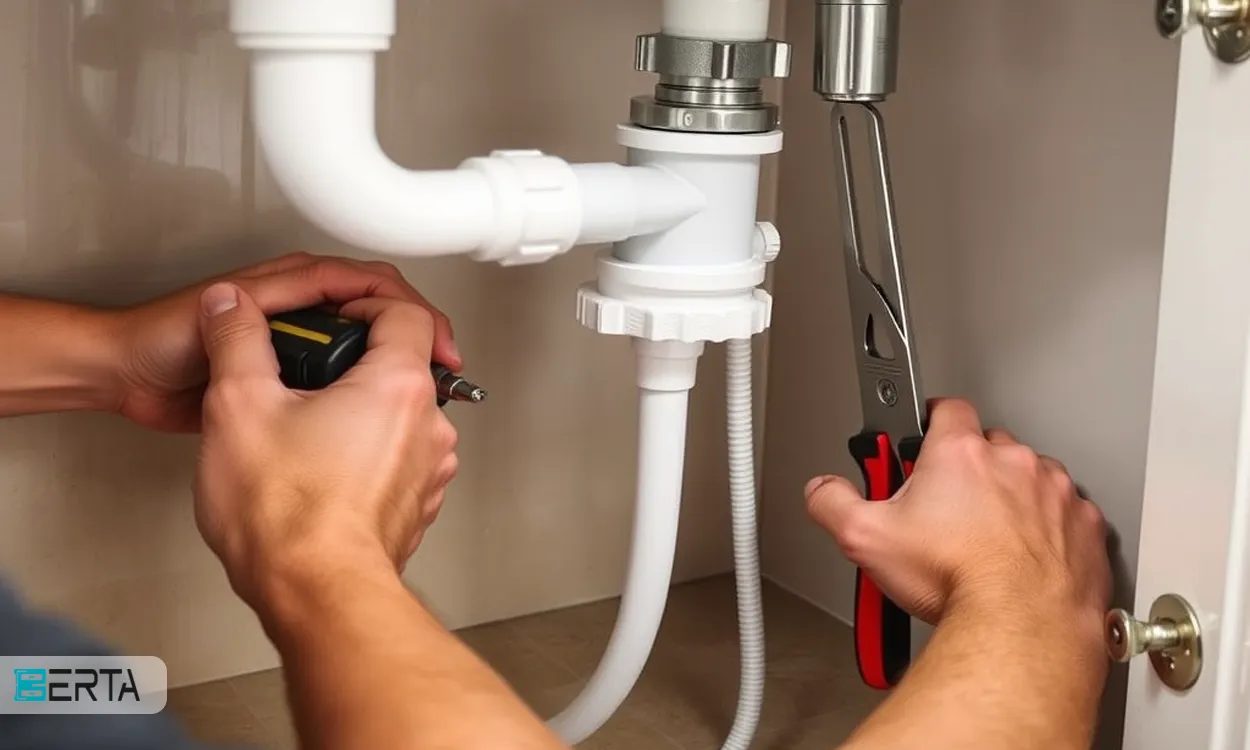
Siphon maintenance tips
Maintaining and taking care of the siphon will help you maintain its optimal performance and prevent potential problems. In this section, maintenance tips and appropriate times to check and clean the sink are explained.
1-Regular Inspection of Connections: Regularly check siphon connections to make sure there are no leaks. Repair any leaks immediately.
2- Cleaning the siphon: Clean the siphon periodically to prevent the accumulation of sediments and fats. For this, you can use mild cleaning solutions and warm water.
3- Use of filters: If possible, use a filter or net to prevent large particles from entering the siphon. This helps reduce the chance of blockages.
4- Avoiding pouring strong chemicals: Avoid pouring strong chemicals such as acids and bases into the siphon, because these substances cause damage to pipes and connections.
5- Monitor the smell of sewage: if an unpleasant smell comes from the siphon, it can be a sign of a problem. In this case, check the siphon and clean it if necessary or consult an expert.
Suitable times for siphon cleaning
1- Seasonal inspection: Check the siphon completely every three to four months. This check includes checking the connections, cleaning the siphon, and making sure there are no leaks.
2- After using chemicals: If you have used strong chemicals for cleaning, be sure to check the siphon to make sure it is not damaged.
3- After problems occur: If you encounter a problem such as leakage or clogging, immediately check and clean the siphon. This will help you avoid more serious problems.
4- After vacation or travel: If you have been away from home for a long time, be sure to check the siphon after returning. This will help prevent unpleasant odors and potential problems.
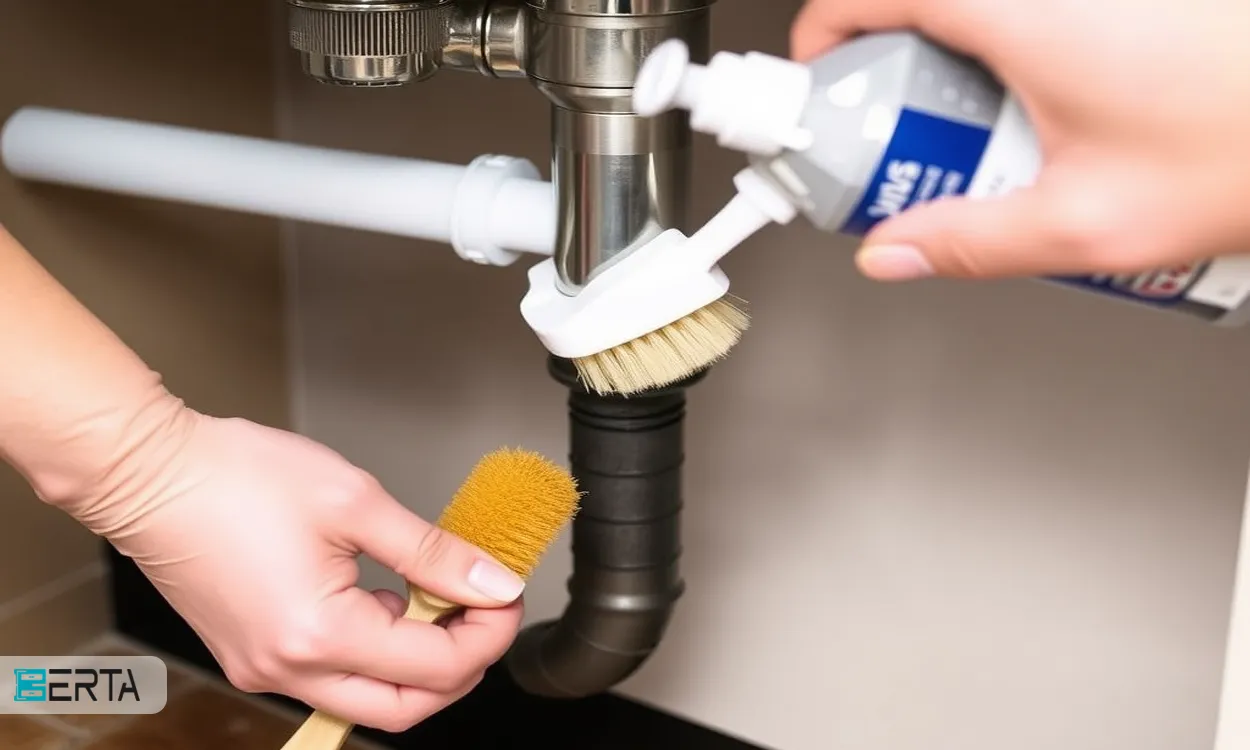
conclusion
Finally, by choosing the right siphon and using high-quality equipment and tools, this process can be done easily. Also, paying attention to maintenance tips and appropriate times to check and clean the siphon increases its useful life and helps maintain the health and safety of the living environment. Therefore, by following the installation steps and care tips, you can ensure the optimal performance of the sink siphon and prevent possible problems in the future.




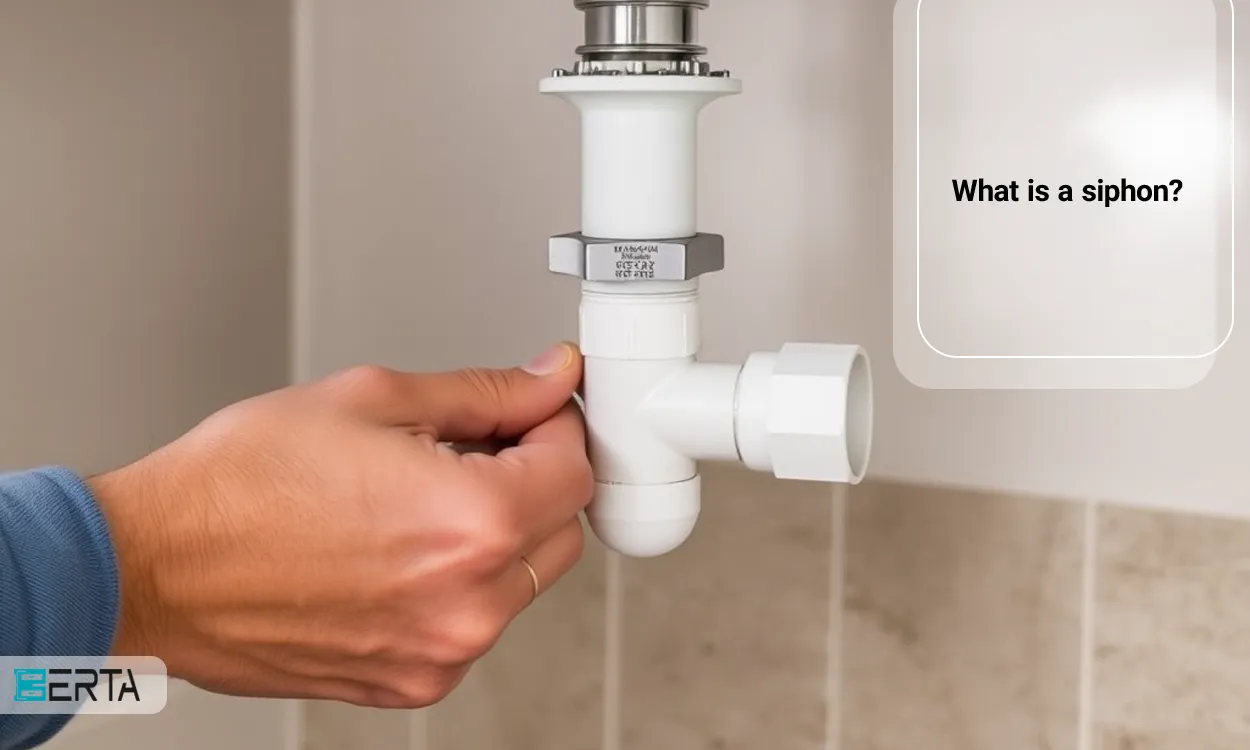
17938.jpg)
 Whatsapp
Whatsapp  Telegram
Telegram 


